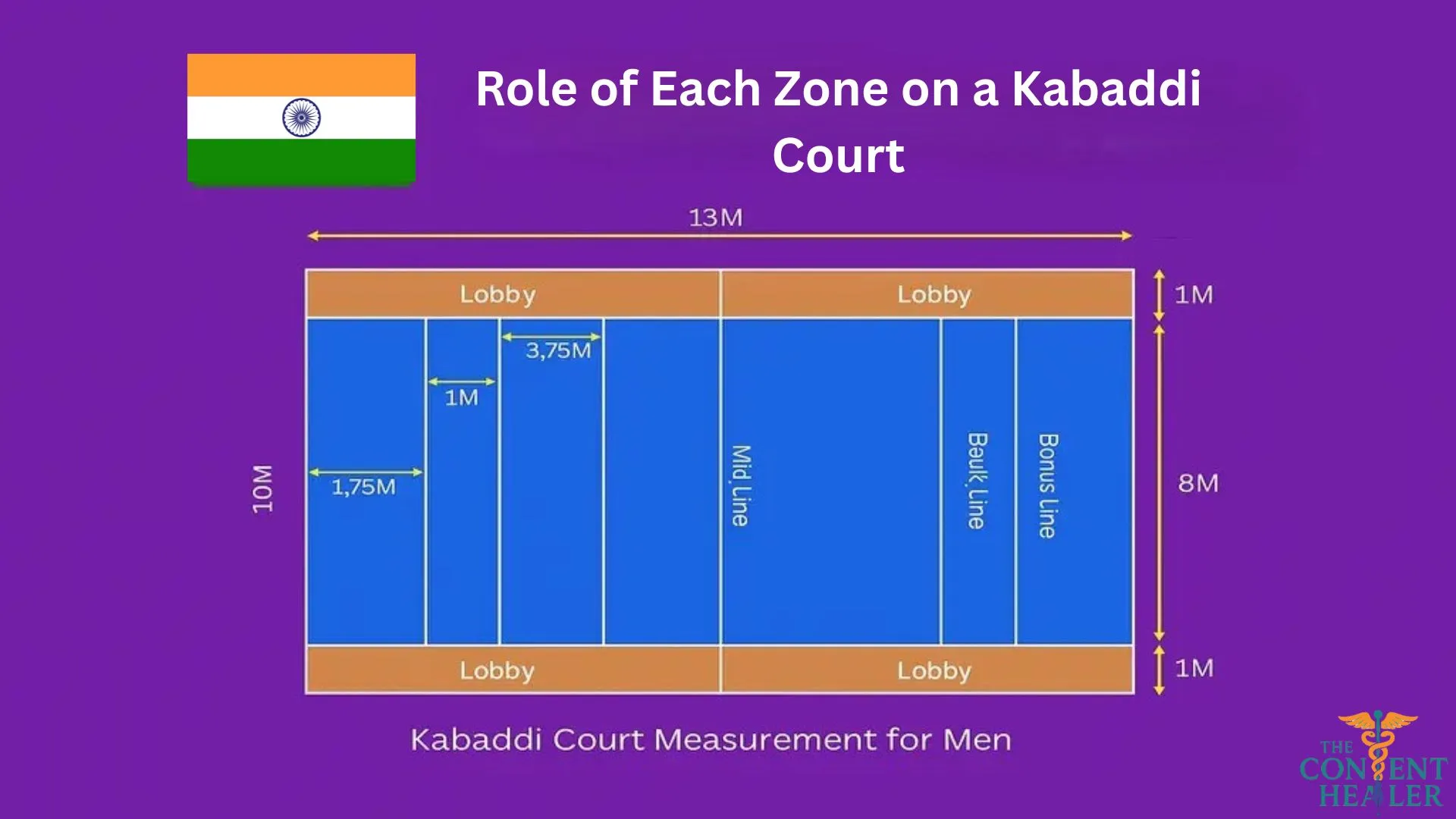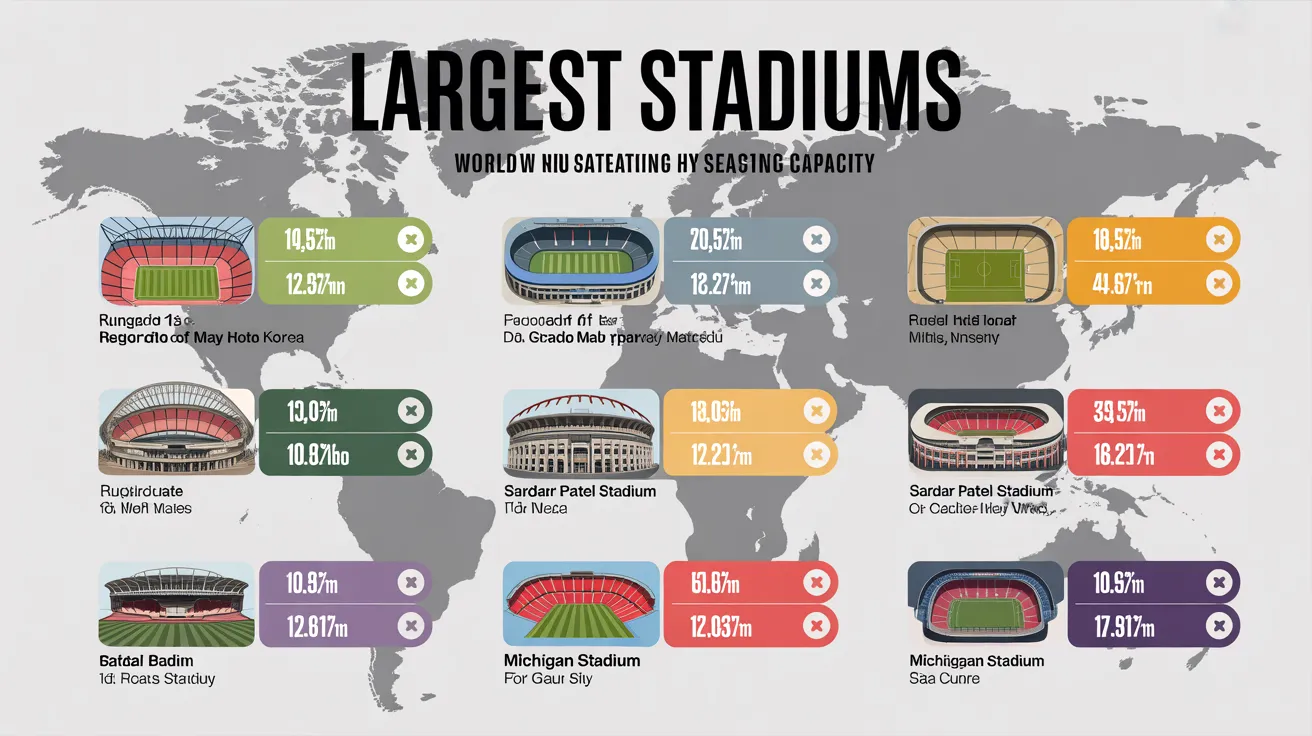Artificial Intelligence (AI) is no longer a futuristic idea. It has become a powerful tool reshaping industries, governments, and communities. One of the most impactful areas is law enforcement and policy compliance. From crime prediction to real-time monitoring, AI is transforming how public safety agencies and policymakers work.
In this blog, we will explore how AI is revolutionizing law enforcement and policy compliance, its benefits, real-world applications, and the challenges it brings.
Why AI Matters in Modern Law Enforcement
In today’s fast-paced digital world, traditional methods of law enforcement often fall short. Crime has become more sophisticated, and policies are harder to monitor across industries. This is where AI in law enforcement steps in:
- AI can analyze massive datasets within seconds.
- It predicts crime hotspots by studying historical patterns.
- AI tools help detect fraud, cybercrime, and illegal transactions in real-time.
Imagine a city police department receiving thousands of 911 calls daily. With AI-driven analytics, calls can be prioritized, helping officers reach the most urgent cases faster. This improves public trust and ensures policy compliance at every step.
Key Benefits: How AI is Revolutionizing Law Enforcement and Policy Compliance
1. Predictive Policing
AI systems use predictive analytics to identify areas where crimes are more likely to occur. For example, if theft cases rise in a specific neighborhood, AI alerts officers to increase patrols there.
2. Real-Time Surveillance & Facial Recognition
Cameras equipped with AI can instantly detect suspicious behavior. Facial recognition helps track missing persons, identify suspects, and even prevent terrorism.
3. Policy Compliance Monitoring
AI tools can scan corporate records, financial transactions, and digital communications to ensure compliance with government policies. Businesses benefit by avoiding fines and maintaining regulatory standards.
4. Cybercrime Detection
With online fraud and cyberattacks increasing, AI is essential for identifying unusual login attempts, phishing scams, and data breaches. Law enforcement agencies rely on AI to stay ahead of criminals.
5. Enhancing Public Safety
AI chatbots and voice assistants help citizens file complaints, check traffic rules, and get legal updates in seconds. This improves accessibility and transparency in policy compliance.
Real-Life Examples of AI in Law Enforcement
- New York Police Department (NYPD): Uses AI-based software for predictive policing and crime mapping.
- European Union: AI tools monitor financial transactions to detect money laundering and policy violations.
- India: Smart city projects are integrating AI for real-time surveillance and traffic management.
These cases highlight how AI is revolutionizing law enforcement and policy compliance globally.
AI, Voice Search & SXO: A New Era of Law and Policy
With the rise of voice search and Search Experience Optimization (SXO), people are asking questions like:
- “How is AI used in law enforcement today?”
- “What are the benefits of AI in policy compliance?”
- “Can AI prevent crime?”
To meet these user intents, law agencies and businesses must create content that is voice-friendly, conversational, and easy to understand. AI isn’t just changing policing—it’s changing how people seek and receive legal and policy-related information.
Challenges of AI in Law Enforcement
While the benefits are huge, AI also raises concerns:
- Privacy Issues: Facial recognition and surveillance can invade personal privacy.
- Bias in AI Algorithms: If trained on biased data, AI may wrongly target certain communities.
- Ethical Concerns: Over-reliance on AI can reduce human accountability.
- Legal Frameworks: Policies must evolve to regulate AI usage fairly.
Balancing innovation with ethics is the key to long-term success.
Conclusion
It’s clear that AI is revolutionizing law enforcement and policy compliance by making policing smarter, faster, and more accurate. From predictive policing to policy monitoring, AI ensures better safety and transparency.
However, it must be implemented responsibly, with strict ethical guidelines and accountability. The future will see AI not as a replacement for human officers, but as a partner in justice and governance.
Frequently Asked Questions (FAQs)
1. How is AI used in law enforcement today?
AI is used for predictive policing, facial recognition, cybercrime detection, and data analysis. It helps officers respond faster and more effectively.
2. What are the benefits of AI in policy compliance?
AI ensures companies follow regulatory laws by scanning records, monitoring transactions, and detecting fraud, helping avoid penalties and legal risks.
3. Can AI prevent crimes before they happen?
AI cannot guarantee prevention, but predictive analytics can identify high-risk areas and times, helping law enforcement take preventive measures.
4. What are the ethical issues with AI in law enforcement?
The main issues are privacy invasion, data bias, and lack of accountability. Policymakers need to balance technology with fairness.





